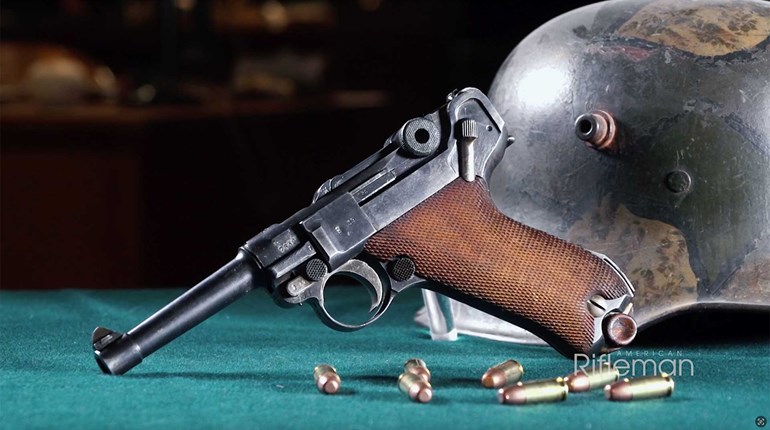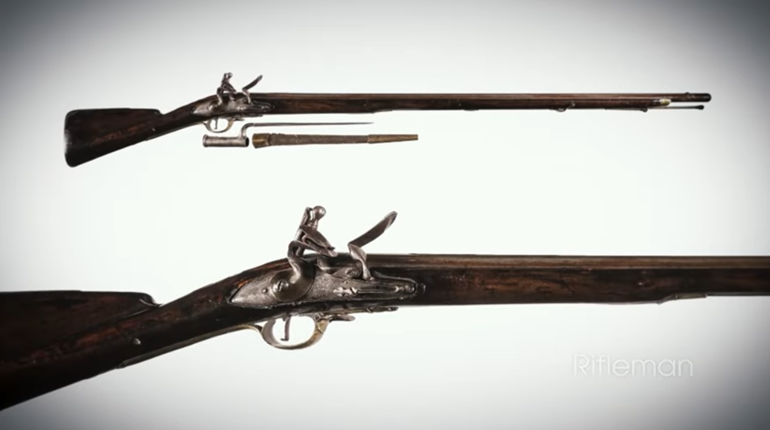
Operation Overlord, codename for the World War II invasion of the Normandy coast of France by Allied troops, was never a sure thing. Though it was to be the largest seaborne invasion in history—including 5,000 ships, filled with 50,000 vehicles and hundreds of thousands of troops—nothing was assured. Even the commander of the entire operation, American General Dwight D. Eisenhower, had serious doubts. “In this particular venture, we are not merely risking a tactical defeat,” he wrote, “we are putting the whole works on one number.”
What the Allies needed to tilt the odds in their favor was more and better intelligence; specifically, accurate details of the Normandy beaches. What exactly awaited them when they stormed Utah, Omaha, Sword, Juno and Gold? How many soldiers did the Germans have dug in and waiting? How many concrete gun emplacements, bunkers, beach obstacles, barbed wire, observation posts and mine fields existed, and where?
To gather all these details, D-Day planners turned to the United Kingdom’s Secret Intelligence Service (SIS), known as MI6 (Military Intelligence, Section 6). MI6, in turn, contacted the French Resistance, clandestine cell groups of French men and women in-country who were secretly working against the German Army now occupying French soil.
Resistance members were courageous, unpaid volunteers who came from all segments of French society: military officers, government clerks, architects, shopkeepers, fishermen, housewives, doctors, artists, plumbers, students, bus drivers, priests and members of the aristocracy. Young or old, male or female, they all had one thing in common. They so hated the Nazis that they were willing to put their lives on the line to thwart them—and many paid the ultimate price for doing so. Thousands of undercover Resistance agents would be captured, interrogated, tortured and executed by the Gestapo, the German secret police.
One of the most unlikely Resistance leaders was a slender, attractive young woman, Marie-Madeleine Fourcade. Just 31 years old and the mother of two young children, she was estranged from her husband. Nevertheless, Fourcade was hand-picked by her predecessor, Georges Loustaunau-Lacau, to head the largest of the Resistance spy organizations, Alliance, which he had founded in autumn 1940. Over the duration of the war, Fourcade would grow the organization into more 3,000 espionage agents.
Known for her cunning, grace and glamour, Fourcade had been born into affluence, was educated at the best French schools, and early in life had dreams of one day becoming a concert pianist. But the war had put the dreams of most French men and women on hold, if not already destroyed those dreams completely.
In addition to fighting the Germans, Fourcade, in her leadership role, was severely bucking French culture, as that society was strongly patriarchal. At a time when women were expected to stay at home and be quiet wives and mothers, Madame Fourcade was exactly the opposite. Strong-willed and independent-minded, she possessed the exact temperament needed to keep both herself and the Alliance alive and functioning throughout the war.
One of the first changes Fourcade made to Alliance—in order to make its members more difficult for the Germans to identify and track down—was to give her agents animal names such as Wolf, Lion, Tiger, Elephant, Fox, Bull, Eagle. As a result, the Gestapo began referring to Alliance as “Noah’s Ark.”
For herself, Fourcade chose the codename Hedgehog, as that animal’s unthreatening appearance is deceptive. When approached by an enemy, the hedgehog rolls its body into a tight ball, causing all the sharp spines on its back to point outward. An acquaintance of Fourcade’s described her similarly, “…a tough little animal that even a lion would hesitate to bite.”
As the war progressed, the Gestapo gradually tightened its noose around Alliance and Fourcade. To parry those efforts, she relocated her headquarters every few weeks and changed her personal appearance frequently. She dyed her hair, altered her clothing style, wore different glasses, and constantly forged fake identity papers. A dentist friend even made her a prothesis that fit over her front teeth to change the shape and look of her mouth.
But like so many of her agents, Madame Fourcade was eventually captured by the dreaded “Boche.” Twice, to be exact. However, she managed to escape both times, the second instance in dramatic fashion.
Thrown into a small, sweltering prison cell, she knew she must escape or would soon die, if not from the heat, then from a firing squad. The small window of her cell, her only way of escape, was open, but also covered by iron bars. Two of the bars, however, were spaced slightly farther apart than the others. She reasoned that if she could get her head through the small opening, she just might be able to get the rest of her small body through. Fourcade knew it was literally do or die. In the middle of the night, she stripped naked and began her attempt.
It felt as if her ears were being ripped from her skull as she slowly forced her head between the metal bars, but she knew that torture by the Germans would be worse pain than that, so quietly kept at it. Eventually, she slipped through, her skin scraped and bruised. Dropping to the ground outside her cell, she quickly put on the light cotton dress she had been holding with her teeth, and disappeared into the darkness.
One of Fourcade’s most memorable Alliance agents was Robert Douin. A flamboyant artist and sculptor, he was the head of a French art school. When Fourcade put out the word that detailed intelligence was sorely needed concerning the Normandy coast, Douin responded with alacrity. For the next six months he hiked and biked along the coast, sketching all he saw, often from the belltowers of churches. The belltowers not only hid his activities from prying eyes, but also provided him panoramic views of the coastline and countryside.
What Douin eventually produced was a masterpiece of intelligence: a 55-foot-long canvas map of the Normandy coast, showing the beaches on which the Allies planned to land, as well as all the adjoining roads leading inland. Also included were every German gun emplacement, fortification and beach obstacle, along with details of German Army units and their movements. One military historian has said of Douin’s map, “It was the most complete, detailed military picture of the landing sites that the Allied command would be given in the course of the war.”
Unfortunately, Douin did not live to see the results of his exhaustive work. Shortly after sending his famous map to Fourcade, he was arrested by the Gestapo and imprisoned. Ironically, on the very day that Allied invasion forces were landing at Normandy—June 6, 1944—Douin and 80 of his fellow Alliance agents were rousted from their cells, marched to the prison yard, and shot dead.
Marie-Madeleine Fourcade survived the war, passing away at the age of 79 in 1989. She was the first woman to be given a funeral at Les Invalides in Paris, a complex of buildings that honors France’s military heroes, including Napoleon Bonaparte.
Madame Fourcade spent many of her postwar years continually and successfully petitioning the French government for funds to support the families of Alliance agents killed during the war. She also frequently visited the surviving members of her Alliance family, writing fondly of them and their many sacrifices:
“They appeared from out of the shadows, and suddenly you felt that you had always known them. The connection formed by a threat to one’s country is the strongest connection of all. People adopt one another, march together. Only capture or death can tear them apart.”
Note: If you’d like to read more about this amazing woman, the book Madame Fourcade’s Secret War, authored by Lynne Olson, was published in 2019 by Random House and is highly recommended.







































